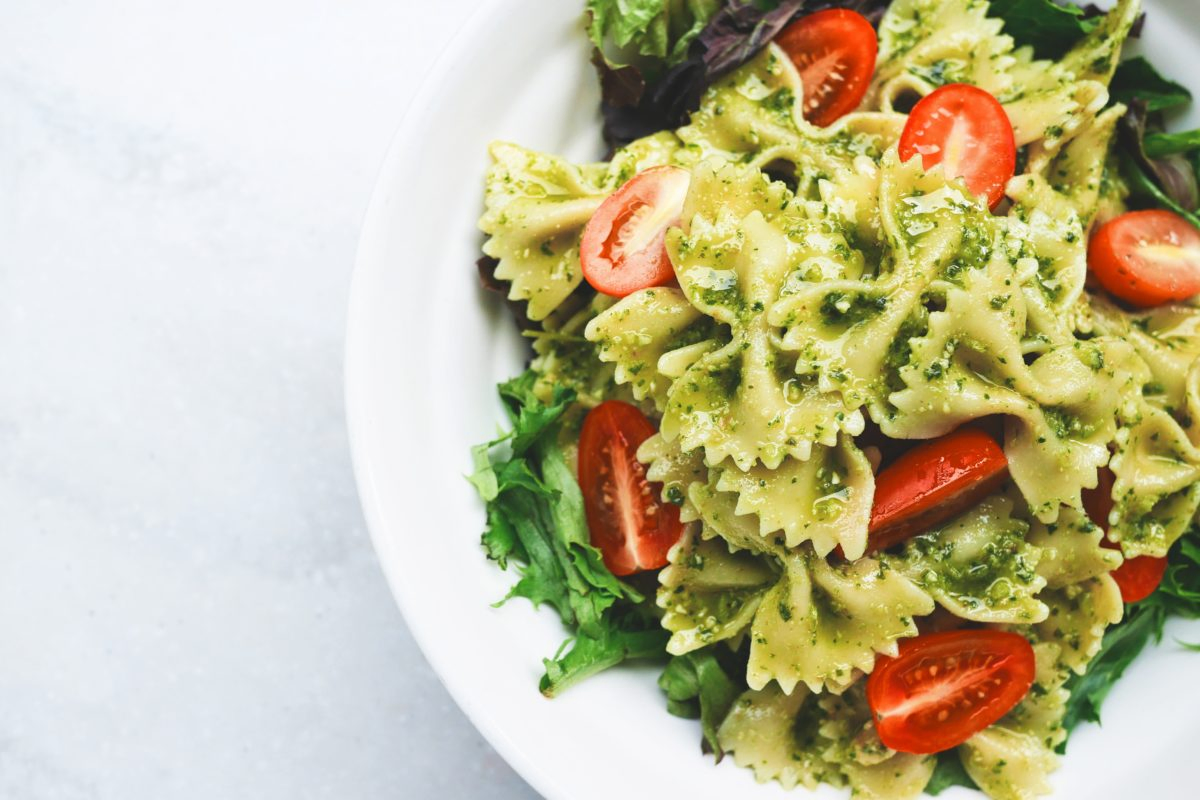Carbohydrates. We all love them, but should we leave them? These days it’s hard to find carbohydrates that aren’t highly processed in a factory somewhere. If you’ve walked into your local café lately, I’m sure you’ve seen a display window jam-packed full of amazing-looking muffins, biscuits, cakes, and pastries! If you’re not prepared to say no and you’re looking for a 3 pm snack, it’s like strolling over a dietary landmine. Bang!
But why do carbs make us fat? To understand that, let’s look at how our body uses carbohydrates.
First, we need to understand that our brains love glucose, a type of sugar. Your brain soaks up glucose like a sponge, using up to two-thirds of the carbohydrates circulating in your body and converting them into glucose for energy. The brain’s love of glucose is why you might have found it tough to concentrate on a low-carb diet.
When we consume glucose, we store it as glycogen. Two places in our body store glycogen: the liver and the muscles. The muscles aren’t very good at sharing; if the muscles have it, the brain can’t get it. Our liver, on the other hand, is a much better sport, happily giving glycogen to any tissue in the body that needs it. This is how we maintain adequate blood sugar for our brains and our bodies. Because the liver is so friendly and giving, it runs out of glycogen quickly and its stores need to be replenished. This is the reason why we need to eat carbohydrates.
Whether it’s being stored in the liver or the muscles, the total storage capacity of the body for carbohydrate is really quite limited. If you’re an average-size person, you can store about 300-400 grams of carbohydrates in your muscles. In the liver, where carbohydrates are ready to be converted to glucose, you can store only about 60 to 90 grams. That’s about two pieces of bread or a big bowl of pasta. Eat anything over this size, or top up your carb stores when you haven’t used what is already stored there, and the excess carbs will be stored the only other way they can be: as FAT, even though the food source may have no fat in them! Makes you think twice about eating “fat-free” products with lots of added sugar!
BUT WAIT: it gets worse! High-carbohydrate meals cause a rapid rise in blood glucose. This causes the pancreas to secrete insulin into the bloodstream, which then lowers the levels of blood glucose. Seems OK, except that insulin is like a squirrel, packing away the extra carbs in the form of fat for leaner times!
In other words, when we eat too many carbohydrates, we’re essentially sending a hormonal message to our squirrel (insulin) and to the body (the adipose cells, or fat cells). The message: “Get bigger: store more fat.”
The simple bottom line: our bodies need carbohydrates to function, but too many carbs are a recipe for obesity.
Let’s not throw the baby out with the bathwater. Not all carbs are bad. In fact, here are some great sources of carbohydrates that will boost your energy without activating your squirrel!
1. Whole fat dairy: whole milk, cheese, yoghurt, cream.
2. Whole fresh fruit and veggies: Packed with nutrients and high in fibre!
3. Whole grains: oats, wheat, rye, spelt, amaranth, quinoa, millet, brown rice etc.
4. Whole beans: lentils, chickpeas, kidney beans, cannellini, pinto beans etc.
Keep your carbs in check and watch your waistline shrink! For more information about putting your passion for nutrition and fitness to good use, visit PT Academy today.
